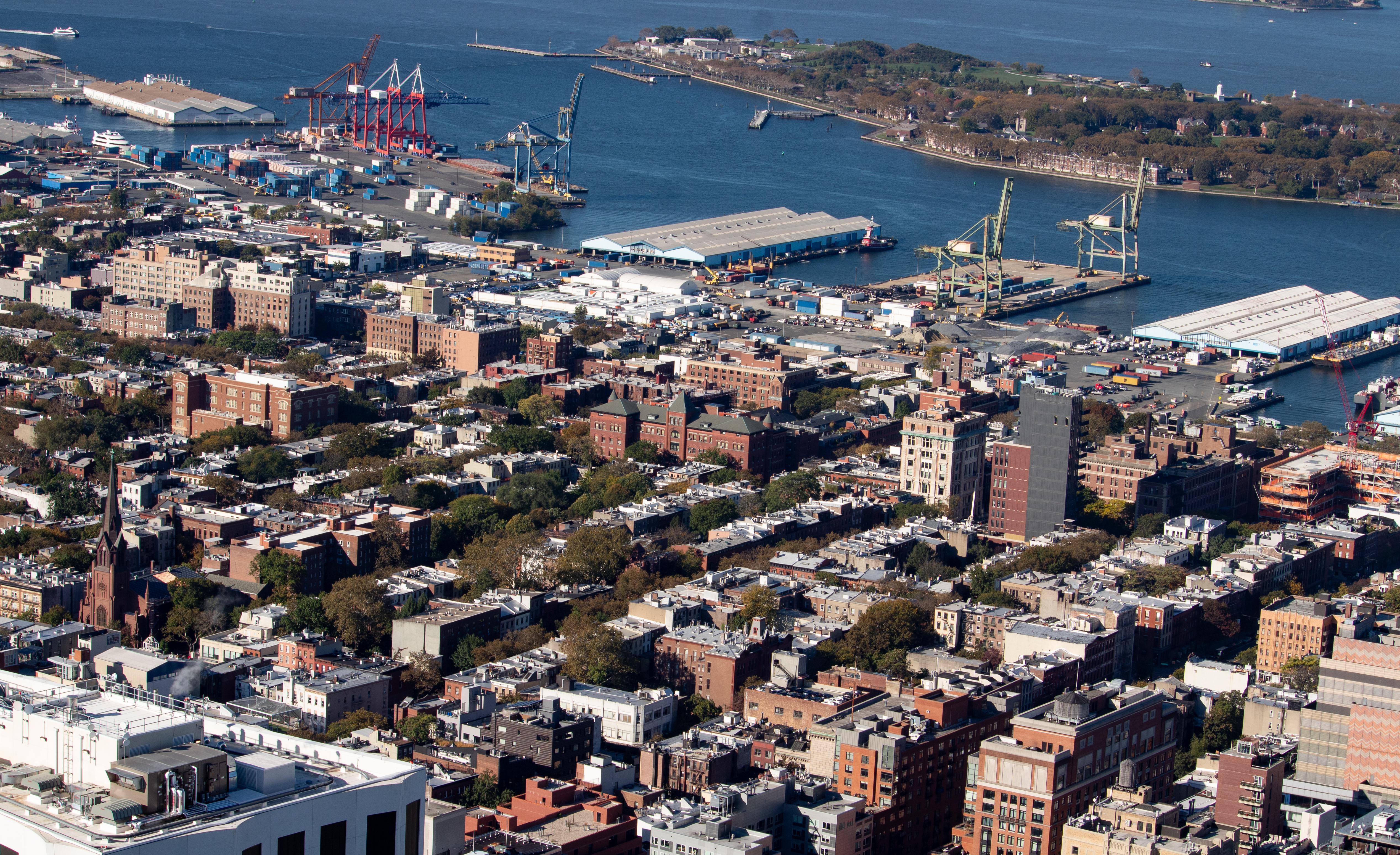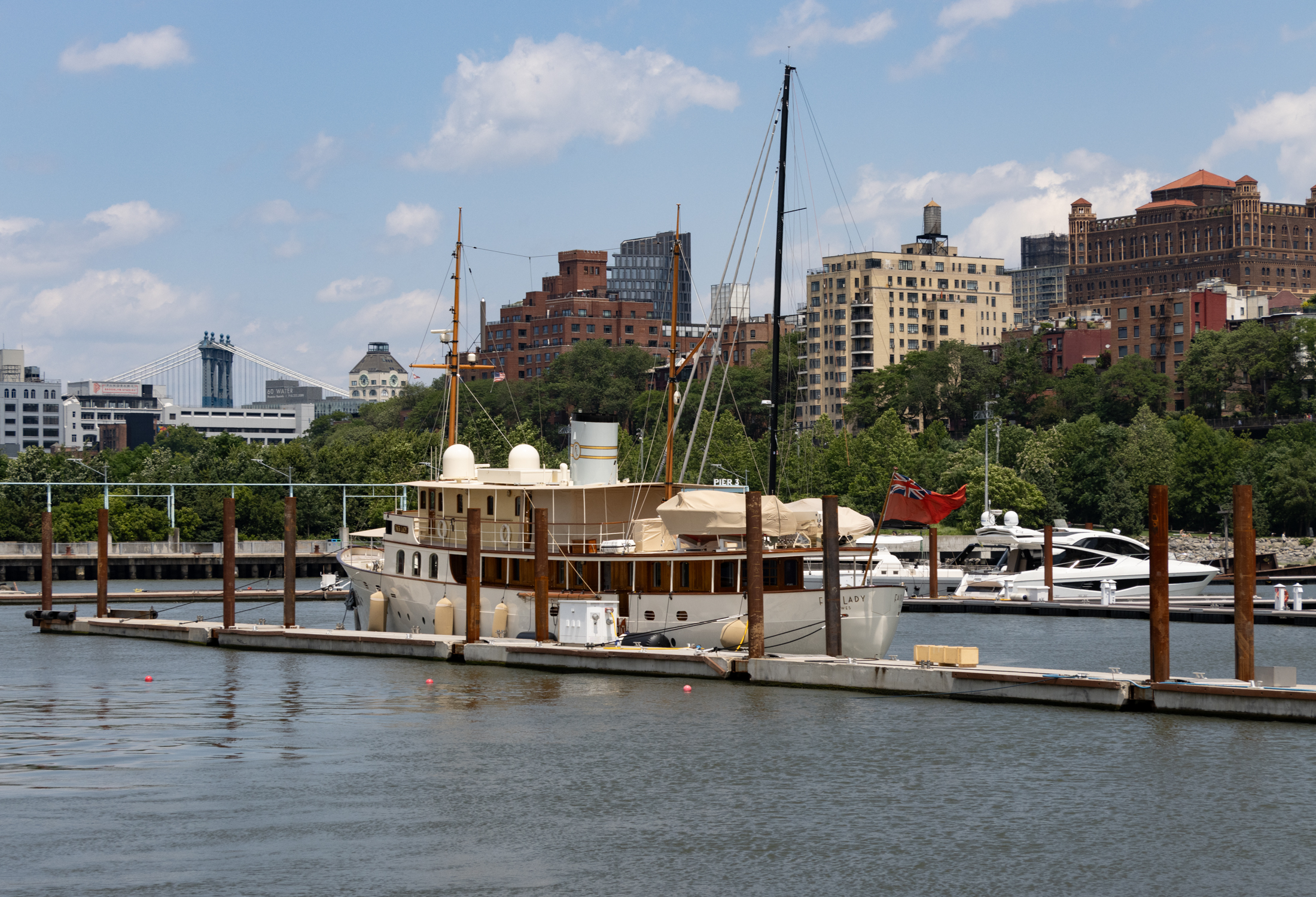DOB Turns Up the Heat on Scarano
In addition to mezzanine-gate, the controversy over architect Robert Scarano’s aggressive approach to the calculation of floor area ratios, the Department of Buildings is now calling him to task in the death of a worker at 733 Ocean Parkway. DOB contends that the plans he submitted for work at the site failed to include “design…
In addition to mezzanine-gate, the controversy over architect Robert Scarano’s aggressive approach to the calculation of floor area ratios, the Department of Buildings is now calling him to task in the death of a worker at 733 Ocean Parkway. DOB contends that the plans he submitted for work at the site failed to include “design data” to ensure the stability of the neighboring garage. It’s this garage that partially collapsed, killing Tony Duncan on March 7. In addition to the Ocean Parkway address, DOB is contending similar negligence at four other properties: Three in Northern Brooklyn–96 Diamond Street, 72 Huron Street and 409-413 Broadway–in addition to one in the East Village.
More Accusations Against Architect [NY Times–3rd Item]





Does anyone know what is happening with the Washington Condos now, i.e. when they will get the permits and when will moving in begin? I heard something about the architect having to redesign a few of the units, which won’t be sold now, but that they have the right to ‘close’ on the building without those units. Can that be true?
Architect’s Office – your observations re: Pro-Cert are correct, but you miss an important point. The DOB audits can be a joke. The audits fail to find basic errors in zoning and code, and when they do, the architect can file quick retroactive amendments. There is no effort on the part of DOB to police the system, and no effort on their part to punish transgressions. It has only gotten this far because DOB hasn’t being doing their job.
OK, as an architect who spends a lot of time on jobsites, perhaps I was overreacting to what I thought I saw on the brownstoner site as ignorance of the construction process and the responsibilities of the parties involved. Yes, Bx2Bklyn, if the architect’s details were in error and creating a dangerous situation if followed, the architect would clearly be responsible for that. And yes, as I am reading about the Scarano projects, I see that he seemed to be doing some highly questionable things, like not employing a structural engineer to prepare shoring plans for adjacent buildings. I admit that I don’t know all the facts of the issue at this point, but what appears clear is that Scarano did take on responsibilities for site safety that I’ve never seen done before.
By the way, the self-certification process I think is a positive thing, but Scarano certainly gamed it – the whole mezzanine square footage issue is clear as can be in the codes, so the only way he could have possibly slipped that past was to self certify.
But David, the main thrust of bstoner’s posts on the dangerous sites he wrote about was about how this architect in particular was flouting regulations.
Of course we all know that it is what goes on at the site that matters and it is up to the on site manager to control it but there were too many things going wrong with Scarano’s projects for it to have been a coincidence. At least that’s my take on why bstoner ragged on him so much.
Thank you Architect’s office for explaining that. And you are right- that it’s the bad apples who spoil it for everyone. So what can be done? Is it possible to create a system where architects are allowed to do self-certification only if they pass a set of criteria, including history of violations and wrong-doing?
I also have a question for David. When I lived on Schermerhorn and they put up the new Law school dormitory, the architectural details themselves created a dangerous situation for the surrounding buildings. They were planning to do tiebacks underneath the surrounding properties (without permission, might I add). THey collapsed a building in the process which was how we got to see their plans. It would take too long to go into all the details, but in that case, the plans themselves created the unsafe situation. It seems to me that the interrelationship between architecture and construction is too complex to actually say the archtiects bear no responsibility for hazardous conditions. What’s your take on this?
VDH,
I would never consider myself even remotely a Scarano apologist (if the allegations I hear are true, I hope he gets some quiet time to think about his professional conduct), but the fact remains that, with rare exceptions, THE ARCHITECT IS NOT RESPONSIBLE FOR HAZARDOUS CONDITIONS ON A JOB SITE. From what I can tell, the arrangements that Scarano had made on these jobs are highly unusual.
11:49 AM,
Looks like the panel of pros strong-armed them. DOB needs to put their foot down so people don’t get killed.
So where are all the Scarano aplogists that claimed that you can’t blame the architect for dangerous conditions?
Professional Certification was a policy developed by the NYC Department of Buildings in conjunction with a panel of professionals, in this case architects. it cuts down on the bureaucracy/paperwork that needs to be done. It is an honor system based on sworn legal signatures of the architect. 10% of all Pro-Cert projects are randomly selected for inspection by Plan Examiners to verify that they are within Code. The vast majority of architects/engineers using Pro-Cert do it honestly and within Code. However, there are “bad apples” like Bob Scarano who ruin it for everyone else.